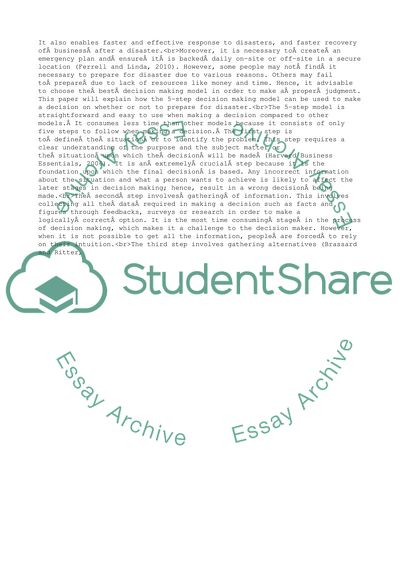Cite this document
(Whether or Not to Prepare for Disaster Research Proposal, n.d.)
Whether or Not to Prepare for Disaster Research Proposal. https://studentshare.org/management/1757083-whether-or-not-to-prepare-for-disaster
Whether or Not to Prepare for Disaster Research Proposal. https://studentshare.org/management/1757083-whether-or-not-to-prepare-for-disaster
(Whether or Not to Prepare for Disaster Research Proposal)
Whether or Not to Prepare for Disaster Research Proposal. https://studentshare.org/management/1757083-whether-or-not-to-prepare-for-disaster.
Whether or Not to Prepare for Disaster Research Proposal. https://studentshare.org/management/1757083-whether-or-not-to-prepare-for-disaster.
“Whether or Not to Prepare for Disaster Research Proposal”. https://studentshare.org/management/1757083-whether-or-not-to-prepare-for-disaster.


